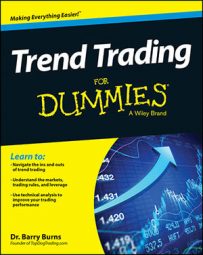Support and resistance levels are simply prices at which the people trading the market feel that the market likely won’t pass through easily. Support levels are prices that traders feel the market is unlikely to go below. Resistance levels are prices that traders feel the market is unlikely to go above.
What makes these levels work? The answer to that is quite simple. The market is an auction place, and price moves based on the mass beliefs that the people trading the market put into action.
Traders learn about and therefore watch several types of support and resistance levels. Mass psychology comes into play, and the majority of people watch the market approaching a well-known support or resistance level. En mass, they look to either exit their current position into that level or enter a new position as the market bounces off that level.
Traders use these levels in the following ways:
Support:
Buy at a support level.
Take profits at a support level if you’ve been short.
Resistance:
Short at a resistance level.
Take profits at a resistance level if you’ve been long.
These levels are drawn as lines on your chart. However, every advanced trader knows that those lines aren’t really lines — they’re zones! Don’t expect the market to go up or down and stop exactly at a support or resistance line and bounce off of it. The market isn’t that neat and tidy.
In fact, the market is pretty darn messy. So be realistic and understand that the price bars won’t normally make a high or low precisely at the support or resistance line. Most of the time, the bars go a little beyond them or stop a little before them.

